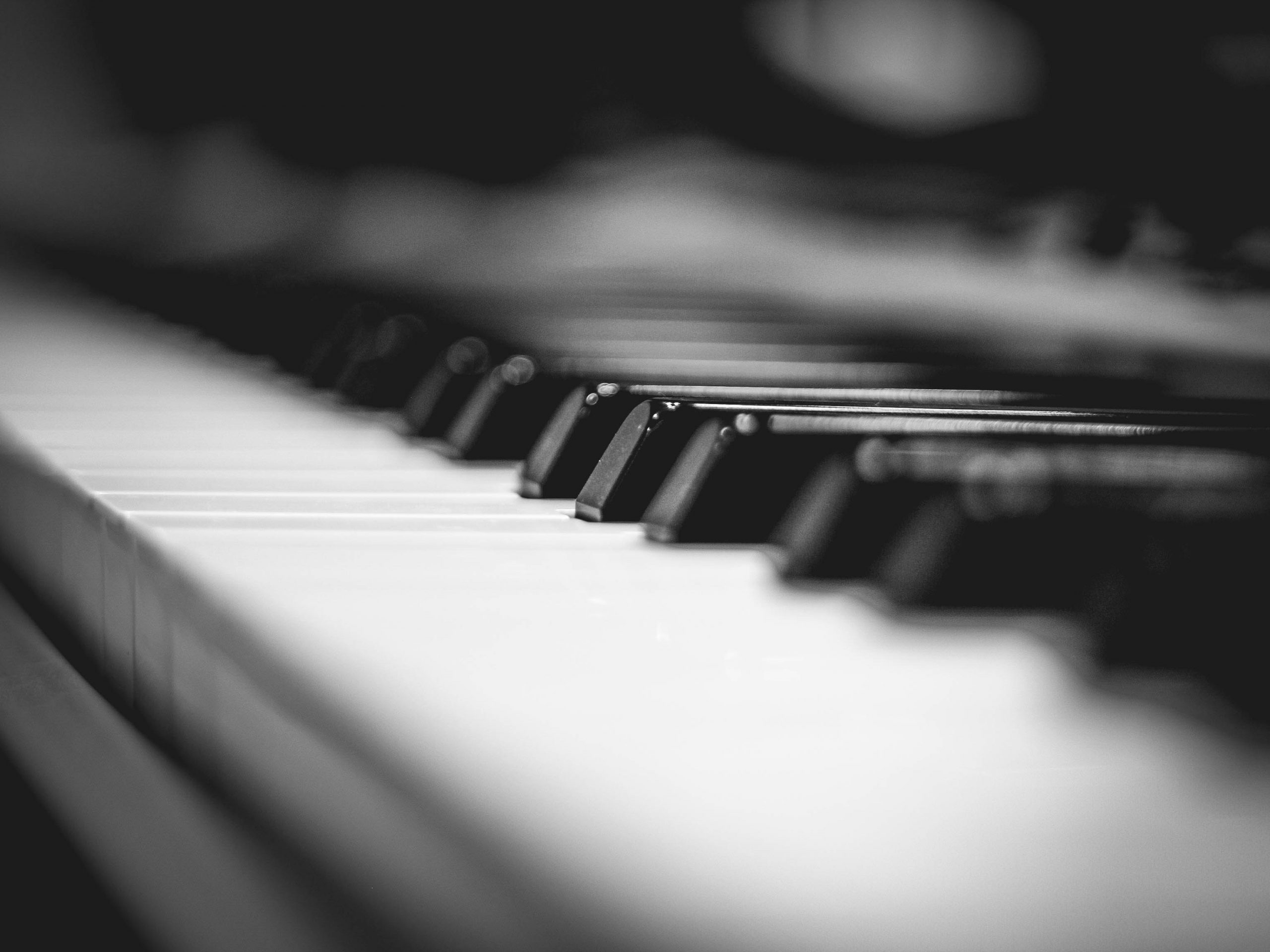A Journey Through Sound and Science
I grew up in Clitheroe, surrounded by the Ribble Valley’s landscapes and quiet rhythms. Music was always part of my life, but it was when I moved to Manchester in 1998 to start my Physics degree at the University of Manchester that my musical journey really began to take shape. The city’s clubs, underground venues, and rich electronic culture opened me up to new sounds, while my physics studies gave me a unique lens through which to understand and create music.
From Clitheroe to Waveforms
Physics taught me to understand the fundamental building blocks of sound: waveforms, frequency, amplitude, and resonance. These weren’t just academic concepts – they became practical tools in my studio.
Whether I’m crafting a synth lead, shaping a bassline, or adjusting subtle harmonic content, I’m drawing on the same principles I learned in lectures. My favourite analog emulation compressors, like the LA‑2A and 1176, behave according to physics-based principles of non-linear circuits. Understanding these concepts helps me manipulate sound precisely, turning technical knowledge into musical emotion.
Manchester, Sheffield, and Weekend Adventures
Moving to Manchester immersed me in the city’s musical legacy, but my weekends often took me elsewhere. My brother was part of the legendary Gatecrasher scene at Sheffield University, and weekends became mini-adventures: driving up with friends to Sheffield to experience the energy of Gatecrasher One.
Gatecrasher One was a superclub phenomenon, famous for its trance and house nights, lasers, and the Crasher Kids – a subculture of club-goers known for their neon attire, bold fashion choices, and love of trance music. DJs like Judge Jules, Paul van Dyk, and Tiësto were regulars, and the music was hypnotic, layered, and emotional. Walking into that room for the first time, I fell in love with dance music – the energy, the precision, and the communal vibe of thousands of people moving together.
Those trips to Sheffield weren’t just about family; they were formative experiences in understanding musical structure, dynamics, and the emotional impact of sound. The blend of Manchester’s melodic electronic heritage and Gatecrasher’s trance-driven spectacle shaped the way I approach production to this day.
Structure, Patterns, and the Manchester Influence
Physics teaches you to recognise patterns, systems, and structures. This mindset naturally connected with Manchester’s music scene. Moving to the city, I was immersed in a legacy of groundbreaking bands. Joy Division redefined post-punk with icy atmospheres and emotional intensity, teaching me that mood could be as vital as melody. Happy Mondays brought groove, swagger, and the fusion of rock and dance that became a signature of Manchester’s musical DNA.
From these influences, I learned how a looped rhythm can feel like a heartbeat, how a bulging bassline can resonate like a wave, and how layering sound is like stacking harmonic energy. Tracks like 557 and No Fear reflect this interplay of structure and emotion. I think of each track as a landscape: peaks, valleys, tension, and release – concepts rooted in both physics and music. My album Landscapes is a culmination of this thinking, blending precise sonic architecture with the emotive storytelling inspired by Manchester, Sheffield, and my own roots in the Ribble Valley.
Acoustics, Space, and Mixing
Physics also shaped how I think about space and acoustics. Understanding how sound travels, how reflections and absorption work, and how room modes affect clarity allows me to mix and produce music that resonates whether it’s in headphones or a club.
Performing in Manchester venues, I often consider how a track will translate in different spaces. That’s physics in action – controlling energy, resonance, and perception to deliver an immersive experience.
Balancing Logic and Emotion
Physics is logical, precise, and often predictable. Music is emotional, dynamic, and sometimes unpredictable. My physics education gave me discipline: I analyse, test, and refine every element of a track. The Manchester music scene taught me intuition and creativity.
This combination allows me to produce tracks that are technically strong yet deeply emotive, such as Tears or the upcoming Sharing Stories EP. I work with directness when the mix demands it, yet remain open to experimentation when creativity calls.
Curiosity and Exploration
At its core, physics is about exploring the unknown, asking “what if?” That same curiosity drives my music production. I experiment with harmonic textures, sonic space, and analog-digital interactions. Every track is an experiment – a journey into sound shaped by science and emotion.
A Northern Legacy
Manchester didn’t just introduce me to music; it gave me a culture, a scene, and a community. Physics gave me the mindset and tools to turn inspiration into structured sound. Together they form the foundation of my creative identity.
From the city of Joy Division and Happy Mondays, from the landscapes of Clitheroe and the Ribble Valley, from weekend drives to Sheffield and nights at Gatecrasher, from the precision of waveforms and harmonic motion – every track I produce carries the dual imprint of science and place. Whether it’s a deep progressive track like Era, a melodic sunset piece like Tears, or the reflective Sharing Stories EP, the influence of physics and northern England continues to shape every beat.
Physics taught me to observe, understand systems, and experiment. Growing up in Clitheroe, moving to Manchester, and exploring Sheffield’s club scene taught me to feel, to connect, and to be inspired. Together, they shaped not just my music, but my journey as a producer, and continue to inform every track I release.

No responses yet